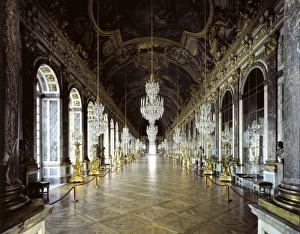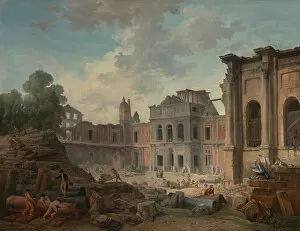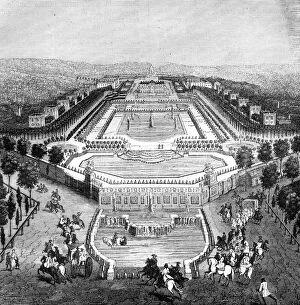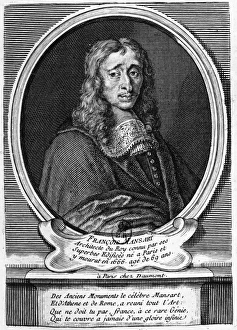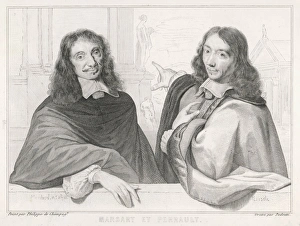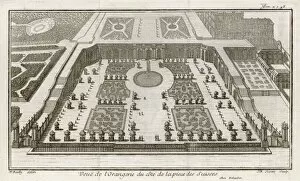Mansart Collection
"Mansart: A Legacy of Architectural Brilliance and Artistic Mastery" Step into the world of Mansart, where architectural genius meets artistic excellence
All Professionally Made to Order for Quick Shipping
"Mansart: A Legacy of Architectural Brilliance and Artistic Mastery" Step into the world of Mansart, where architectural genius meets artistic excellence. Jules Hardouin Mansart, a prominent figure in French architecture during the 17th century, left an indelible mark on the landscape of Paris and beyond. In his portrait by Charles Le Brun, we catch a glimpse of Mansart's enigmatic personality. The oil on canvas captures his confident gaze and hints at the visionary mind behind iconic structures like The Palace and Terrace at Versailles. This masterpiece showcases Mansart's ability to blend grandeur with meticulous attention to detail. As we delve deeper into his legacy, we encounter Hotel de la Vrilliere in Paris through an enchanting engraving. Its intricate façade reflects Mansart's signature style - harmonious proportions combined with ornate embellishments that mesmerize all who behold it. Moving forward in time, Place Vendome emerges before our eyes through a captivating photochrom from c. 1900. This bustling square stands as a testament to Mansart's enduring influence on urban planning and design. Yet not all was preservation; history also witnessed demolition as depicted in "Demolition of the Chateau of Meudon. " Here, an oil painting from 1806 portrays the bittersweet fate that sometimes befalls even magnificent structures. Les Invalides rises majestically against the Parisian skyline – another triumph for Mansart's architectural prowess. From both Pont Alexandre III and within its hallowed halls, one cannot help but feel awe-inspired by its grandeur. Francois Troy immortalizes Jules Hardouin-Mansart once more through his exquisite portrait. Painted with finesse and reverence, this artwork serves as a reminder of Mansart's lasting impact on French architecture. The Chateau de Marly transports us back to France in 1722 when opulence knew no bounds.

